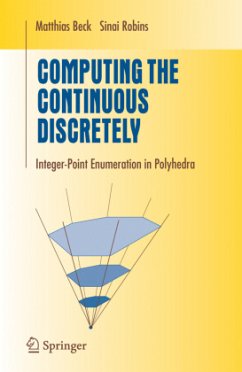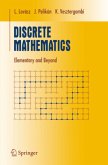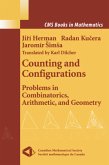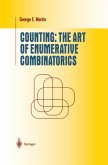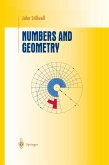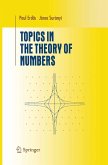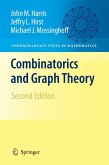The world is continuous, but the mind is discrete. David Mumford We seek to bridge some critical gaps between various ?elds of mathematics by studying the interplay between the continuous volume and the discrete v- ume of polytopes. Examples of polytopes in three dimensions include crystals, boxes, tetrahedra, and any convex object whose faces are all ?at. It is amusing to see how many problems in combinatorics, number theory, and many other mathematical areas can be recast in the language of polytopes that exist in some Euclidean space. Conversely, the versatile structure of polytopes gives us number-theoretic and combinatorial information that ?ows naturally from their geometry. Fig. 0. 1. Continuous and discrete volume. The discrete volume of a body P can be described intuitively as the number of grid points that lie inside P, given a ?xed grid in Euclidean space. The continuous volume of P has the usual intuitive meaning of volume that we attach to everyday objects we see in the real world. VIII Preface Indeed, the di?erence between the two realizations of volume can be thought of in physical terms as follows. On the one hand, the quant- level grid imposed by the molecular structure of reality gives us a discrete notion of space and hence discrete volume. On the other hand, the N- tonian notion of continuous space gives us the continuous volume.
From the reviews: "You owe it to yourself to pick up a copy ... to read about a number of interesting problems in geometry, number theory, and combinatorics ... . Even people who are familiar with the material would almost certainly learn something from the clear and engaging exposition ... . It contains a large number of exercises ... . Each chapter also ends with a series of relevant open problems ... . it is also full of mathematics that is self-contained and worth reading on its own." (Darren Glass, MathDL, February, 2007) "This beautiful book presents, at a level suitable for advanced undergraduates, a fairly complete introduction to the problem of counting lattice points inside a convex polyhedron. ... Most importantly the book gives a complete presentation of the use of generating functions of various kinds to enumerate lattice points, as well as an introduction to the theory of Erhart quasipolynomials. ... This book provides many well-crafted exercises, and even a list of open problems in each chapter." (Jesús A. De Loera, Mathematical Reviews, Issue 2007 h) "All mathematics majors study the topics they will need to know, should they want to go to graduate school. But most will not, and many departments recognize the need for capstone courses in which graduating students can see the tools they have acquired come together in some satisfying way. Beck (San Francisco State Univ.) and Robins (Temple Univ.) have written the perfect text for such a course. ... Summing Up: Highly recommended. General readers; lower-division undergraduates through faculty." (D. V. Feldman, CHOICE, Vol. 45 (2), 2007) "This book is concerned with the mathematics of that connection between the discrete and the continuous, with significance for geometry, number theory and combinatorics. ... The book is written as an accessible and engaging textbook, with many examples, historical notes, pithy quotes, commentary integrating the material, exercises, open problems and an extensive bibliography." (Margaret M. Bayer, Zentralblatt MATH, Vol. 1114 (16), 2007) "The main topic of the book is initiated by a theorem of Ehrhart ... . This is a wonderful book for various readerships. Students, researchers, lecturers in enumeration, geometry and number theory all find it very pleasing and useful. The presentation is accessible for mature undergraduates. ... it is a clear introduction to graduate students and researchers with many exercises and with a list of open problems at the end of each chapter." (Péter Hajnal, Acta Scientiarum Mathematicarum, Vol. 75, 2009)

